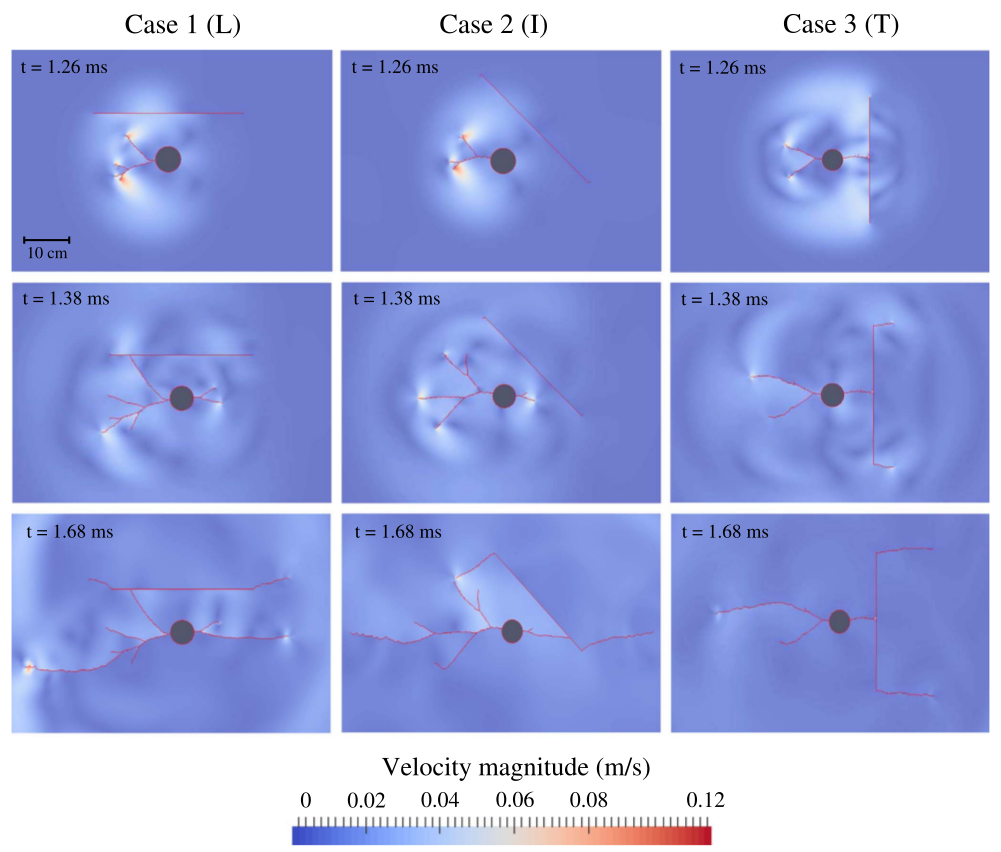Geomechanica’s guest blog series are written by rock engineering and geomechanics experts. In the second post of these series, we’re showcasing the work of Dr. Murad Abuaisha on “Hydraulic fracturing and induced seismicity by FDEM.”
| Murad Abuaisha is an assistant professor at the School of Mines (École des Mines – Paris). He has been conducting research on hydraulic fracturing and induced seismicity for the last six years. Now, he is working on an industrial project that includes clean energy, precisely energy/hydrogen storage in salt caverns. |  |
I have been using the FDEM method to simulate fluid-driven fracturing and induced seismicity while working at the University of Calgary – Canada (2014 – 2017). We were looking for a dynamic/quasi-static approach that would precisely simulate the fracture discontinuities and, at the same time, be able to predict the elastic waves spread in the rock domain due to fracturing. The strength of the FDEM method, implemented in the Irazu code, emits from the fact that it combines the advantages of both the FEM and the DEM methods. While the rock domain is undergoing elastic deformation, the FEM method is applied. The DEM method is used when fractures/discontinuities are created.
In the first application of the Irazu code, we were interested in studying the effect of pre-existing joints on the direction and branching of fluid driven fractures. One may think of this as doing several fracturing tests in the same location, so studying such phenomena is crucial. Figure 1 shows how integrating pre-existing joints in the model alterates the initial stress state around the borehole.

Figure 1. Effect of pre–existing joint on the field of effective longitudinal stress component ( σ11) just before the initiation of HF.
This effect on the initial stress state modifies the direction and the branching of the generated fluid-driven fractures (Figure 2), where we notice generally that fractures tend to grow away from the direction of the pre-existing joints with a tendency to branch more.

Figure 2. Fracture trajectories for the three cases of joint configurations described in Figure 1 at times of 1.26, 1.38 and 1.68 ms. The trajectories are plotted in the field of velocity magnitude.
In the second application of the Irazu code, we challenged a widely used diffusive-front approach suggested by Dr. Shapiro and coauthors. We have indicated that in impermeable media seismicity should be triggered by a non-diffusive front linked to the fracture length rather than fluid diffusion. The Irazu code helped us to numerically trigger the breakdown induced seismicity. At the onset of fracturing, borehole stored energy is released in the rock domain and this stress wave will cause critically stressed joints to slip and to induce seismicity, even at far distances (and this is not related to any fluid diffusion). Then, while fracture is growing, the mechanical deformation of the rock domain will trigger other critically stressed joints to slip and this is how the fracture envelope bounds the cloud of induced seismicity rather than Shapiro’s diffusive fronts.

Figure 3. a) Irazu numerical injection response correlated to the field injection history until shutdown. b) Spatio–temporal migration of the field microseismicity including the fracture envelope derived from our simulations (red line), a best-fitting fracture triggering envelope (blue line) for rf= 300 m, and the fracture volume opening curve (green line). c) Radial distribution of simulated microseismic events with time along with the calculated numerical fracture envelope.
Future research may continue using the Irazu code to combine the effects of mechanical and diffusion phenomena on the hydraulic fracturing induced seimicity.
